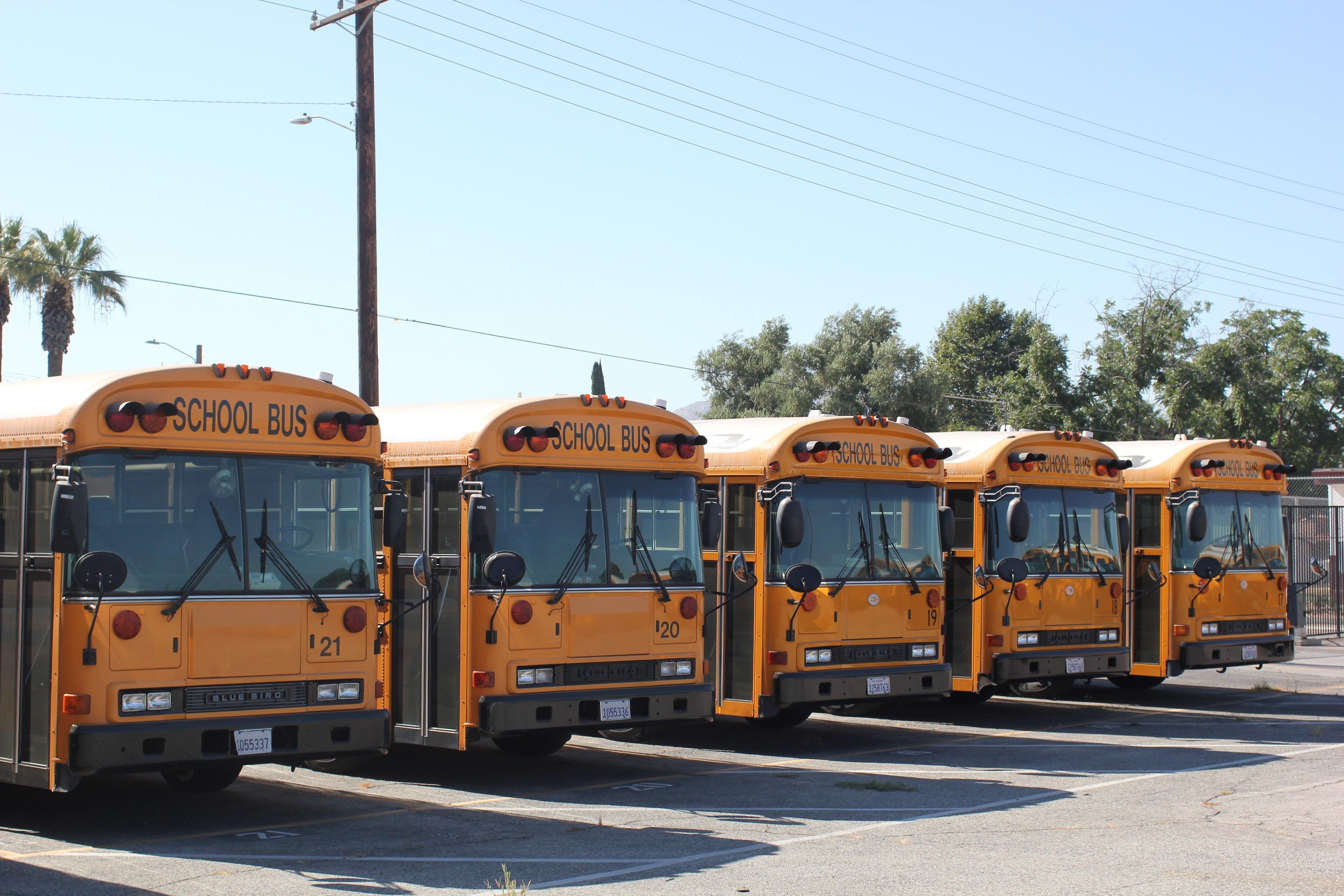While most school leaders confidently agree the benefits of electric buses outweigh those of diesel, knowing exactly how to make the swap can be challenging. From understanding electricity loads to ensuring operational continuity, the road to electrification is an intricate process of planning, building and operating.
Step 1: Define your electric fleet goals
Once you’ve decided to electrify your school buses, take time to define how you envision your electric fleet to look in five or 10 years from today, not just phase one of the project. Do you want to be 100 percent electric, or are you only interested in a small-scale deployment? How many vehicles do you anticipate buying in the next year, and how many vehicles do you plan to buy over the next five years? Also, do you have concerns about the reliability of your electricity supply from your local utility, or are you looking to implement on-site renewables like solar or wind? Answering these questions up front will be essential in guiding the many conversations you will have with equipment manufacturers, your utility provider and other partners to determine a feasible project scope based on your budget, resources and capabilities.
Step 2: Connect with third-party partners
Electrifying your fleet’s buses takes a village, one made up of bus dealers, electricians, general contractors or Engineering, Procurement, and Contracting firms (EPCs), charger manufacturers and software providers. First, reach out and inform your local utility provider of your plans to electrify. Doing this early on allows you to understand what constraints you might have regarding power supply, load demands, site capacity, and rate structures or tariffs while also giving your utility a heads up to start preparing for additional demand. Then it’s time to think about equipment. If you know which electric bus you want, begin checking availability through your local dealer. If you need to explore options, that’s ok, too. Dealers can help you explore options. At the same time, you’ll want to start thinking about charging infrastructure, which includes chargers and charge management software, as these are highly interconnected. The main thing you want to avoid is a situation where you purchase a vehicle only to find it incapable of interfacing with the charger, or an installed charger is incompatible with your charging and energy management software. Partners like The Mobility House are a great resource for advice on your charging ecosystem – including information on which solutions are interoperable. Connecting with a general contractor or EPC at this stage allows you to work through construction timelines based on inbound equipment as well any required permitting (more on this in Part 2 of our road to electrification series). Pro tip: name a project captain within the district in the planning phase to be the contractor’s main point of contact during the build phase.

Step 3: Identify charging needs and infrastructure
With a clear vision of your electric fleet and a rough understanding of the equipment you want to use, The Mobility House can then run simulations to calculate your actual power needs, plus the financial savings that can be achieved through managed versus unmanaged charging. Since some districts may not know exactly which charging equipment to use, The Mobility House can also recommend equipment based on a high-level understanding of the district’s operational goals and needs. Using information like anticipated number of electric buses, types of bus, departure times and schedules and driving distance, The Mobility House can recommend charging infrastructure, such as how many charging ports and what type of ports are needed to support each vehicle’s energy demand. Then factoring in utility rate structures, develop a charging schedule that prioritizes lowest-cost charging times and bus schedules. Running a simulation with The Mobility House results in several highly useful planning tools, such as charging schedules in 15-minute intervals, for both a winter and summer day, to find out what daily power consumption would look like and how much it would cost the district. After The Mobility House runs simulations for both managed and unmanaged charging, districts will have an accurate prediction of their potential monthly and yearly operating expenses, and can thus accurately estimate the value of a charge management software system to their operation.
Preparing for a smooth build
With $5 billion in EPA funding and other incentive programs available at federal, state and utility-levels becoming available, many school districts are finding it easier to finance electrification projects. However, if your district doesn’t have access to funding or if the project budget exceeds grant funding, The Mobility House also offers charging-as-a-service, with simple financing solutions included. Stay tuned for road to electrification part 2 for more information on charging-as-a-service and best practices for a smooth electric fleet build.
